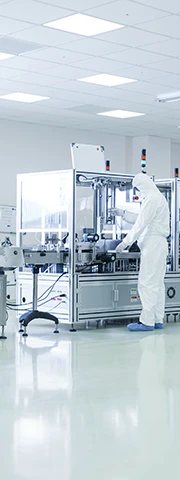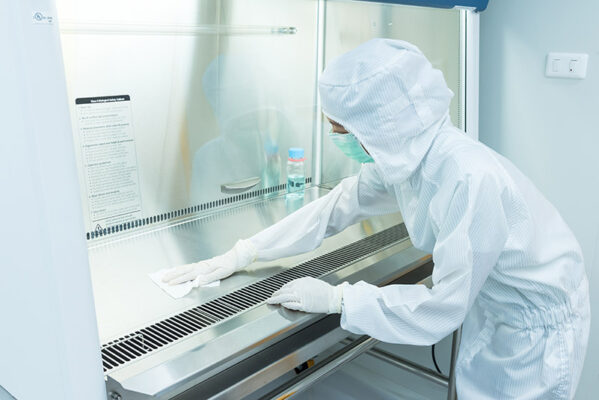When cleaning in controlled environments, it is crucial to ensure that all surface areas and equipment used are cleaned to the highest of standards. Even outside of cleanroom environments, we are now much more critical in how we clean and sanitize things in our personal lives, but controlled environments have always had elevated cleaning requirements to meet. In this month’s newsletter, you’ll learn more about microfiber, including why it is an extremely effective material for decontamination.
Teknipure offers an extensive selection of microfiber wipers such as our non-woven (TZ1MF), woven (TC2MFW), mixed weave (TC2MFUW) and knit (TC2MFU1) wipes all of which meet applications from ISO 4 through 7 expectations. Outside of just wipes, however, we also offer a swab selection (TS-MW, TS-MD, TS-FMD) for those hard-to-reach areas and tools.

Microfiber Micro-Facts
COVID-19 has caused disturbances to supplies and unprecedented changes in healthcare. Still, advances in medical devices and developments in related products must proceed. There are some continuing challenges ahead for the industry, but also exciting and noteworthy things to look forward to in this market, not only in 2022 but for many years to come. Below, we have detailed 4 trends for medical device manufacturers to be aware of, plan for, and incorporate into operational planning and activities.
The expectation in cleaning is to kill and remove any contaminants, but to also do this while preventing cross-contamination. The key to the best possible cleaning practice is to clean using two of the best technologies.
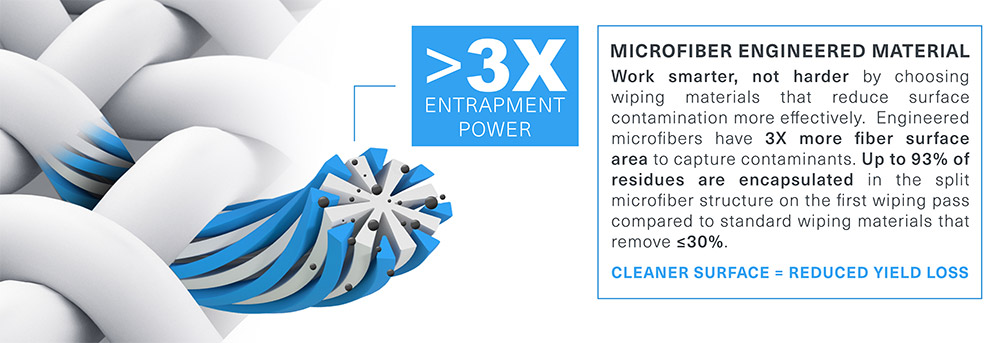
Starting with a sanitizer (such as isopropyl alcohol) and combining that with a microfiber wiper, swab, or mop. While the alcohol (70% or greater) is perfectly balanced to kill germs, paired with a microfiber textile you can achieve greater success in removing all contaminants from any surface.
It is easy to understand how alcohol works as a sanitizer and killing bacteria; however, microfiber is a bit more complex in understanding how tiny, microscopic fibers actually function. Microfiber is synthetic, made of fibers so fine they cannot be seen by the naked eye.
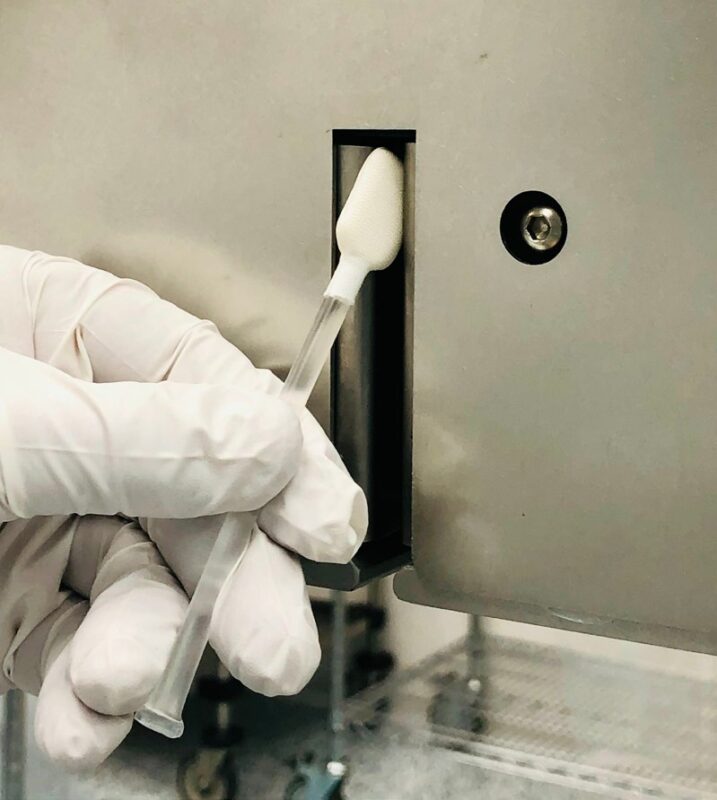
In the manufacturing process, the polyester & nylon fibers are split which creates wedges for optimum contaminant removal efficiency. There are a handful of ways that these different fibers can be constructed, and each version has its own benefits. Woven together, these strands create a surface area that houses millions of little pockets that lift and trap the smallest of particles and leave the cleaned area completely free of any contaminants.
Coupled with isopropyl alcohol (IPA), microfiber is the most effective material in decontamination cleaning. In comparison to many other textiles, the fibers are constructed significantly smaller in order to accomplish maximum cleaning efforts in all of those controlled environment industries. Our microfiber products are designed to prevent and maintain any contamination or cross contamination in various processes. See for yourself and amplify your cleaning practices with any of our microfiber products.
Microfiber for Home Use – History and How To Choose
Microfiber first came out in 1986, but it has really gained a following over the past decade or so. Touted that they can clean anything around the house with just water, and are durable and machine washable, both professional cleaners and homeowners alike have adopted them (and as we mentioned, Teknipure has some cleanroom-appropriate ones on offer too).
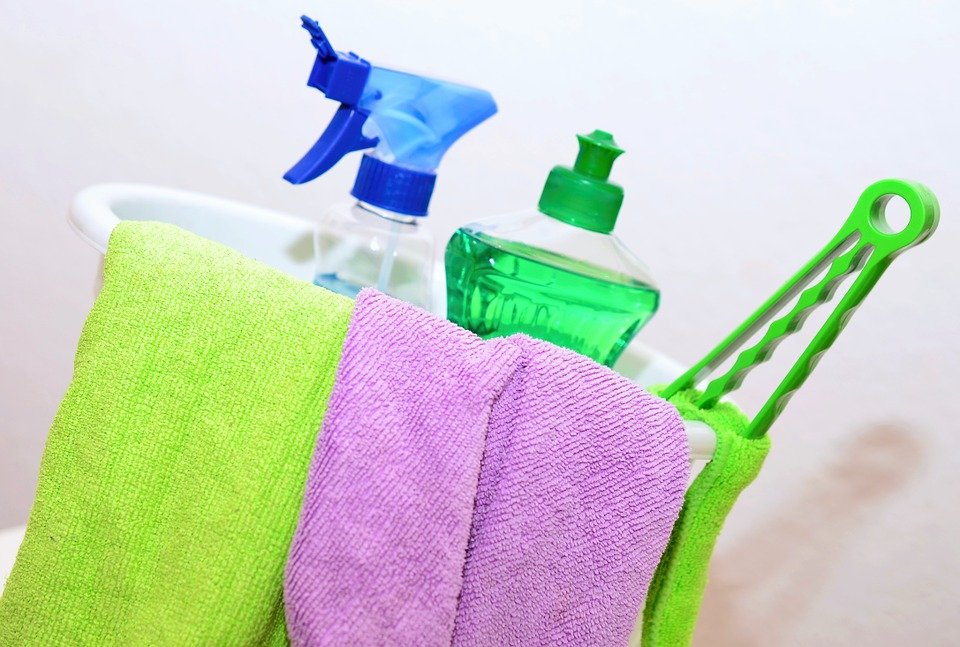
Small social media influencers to well-known celebrities hock their own brands of microfiber cloths, they can be purchased in deep discount and high-end stores, and their prices can range from $1 each to $90 for a 4 pack. Suffice it to say, there is no shortage of options available.
When choosing microfiber cloths, you might find it useful to test several until you find the ones that work best for your needs. Different sizes, price points, and weaves behave differently on various surfaces, when wet and dry, might require more elbow grease than others, and a cleaner combined with a particular microfiber cloth may do a better job cleaning certain areas.
Many fans have specific cloths for windows and mirrors, countertops, baseboards, walls, bathrooms, the car, and other parts of the house, specifically chosen after conducting their own tests. In general, the more expensive cloths usually have more fibers per square inch and are more durable (some can even last for over 300 washings).
Used dry, microfiber is great for dusting, drying, polishing, collecting pet hair from the floor, or soaking up spills. Reflective and clear surfaces come out looking great after using a damp or wet microfiber, so think mirrors, windows, glass top stoves, stainless steel appliances, faucets, shower heads, windows, glass shelves, and tabletops. These cloths have both polyester fibers that are positively charged and nylon fibers which are negatively charged, and this quality attracts the dust, grease, liquids, bacteria, and dirt you’re trying to get rid of. If you’re looking to save money and move to reusable cleaning implements, why not give microfiber a try!
Teknipure is a Proud Member of

To learn more or to request technical data sheets, call us at 844.309.2376 or email us at Info@Teknipure.com. You may request samples or find quality certificates online.

